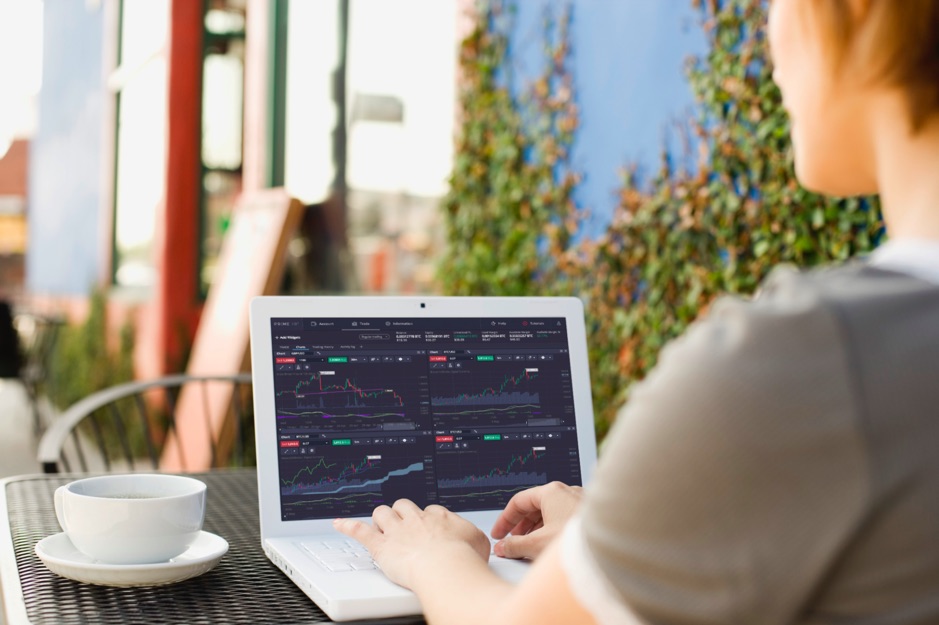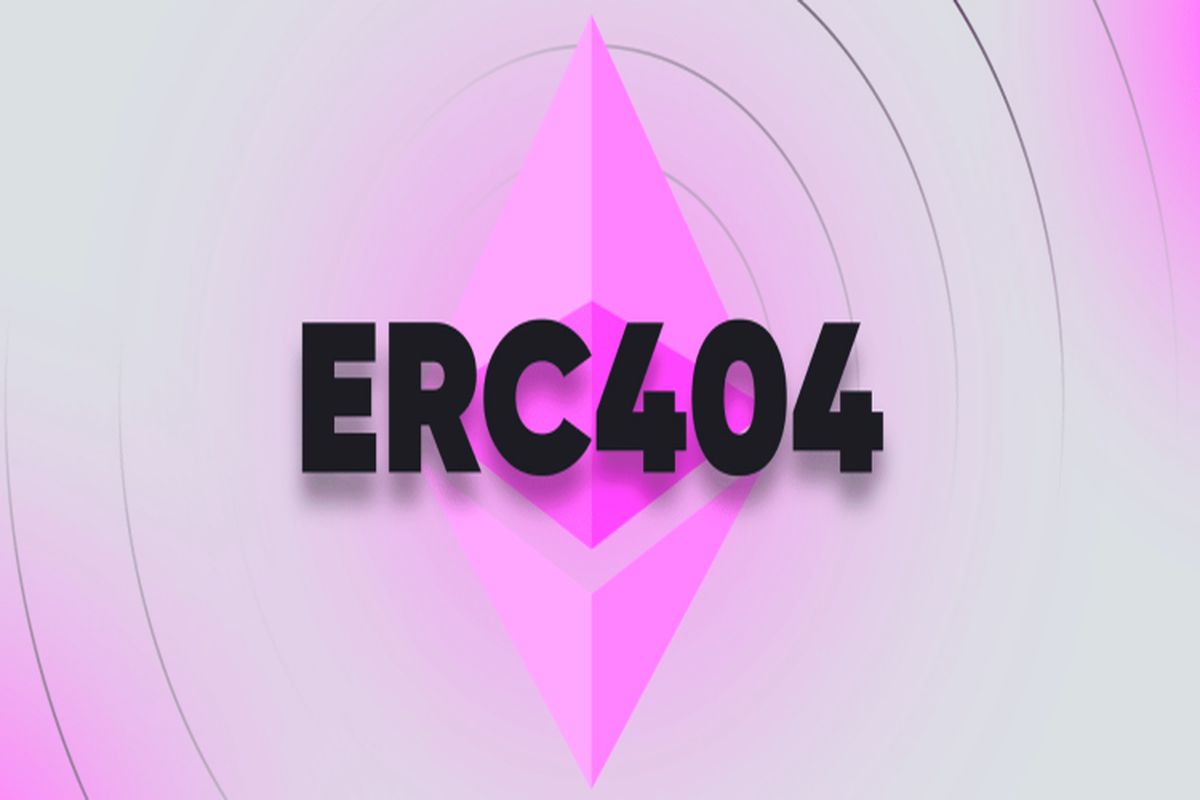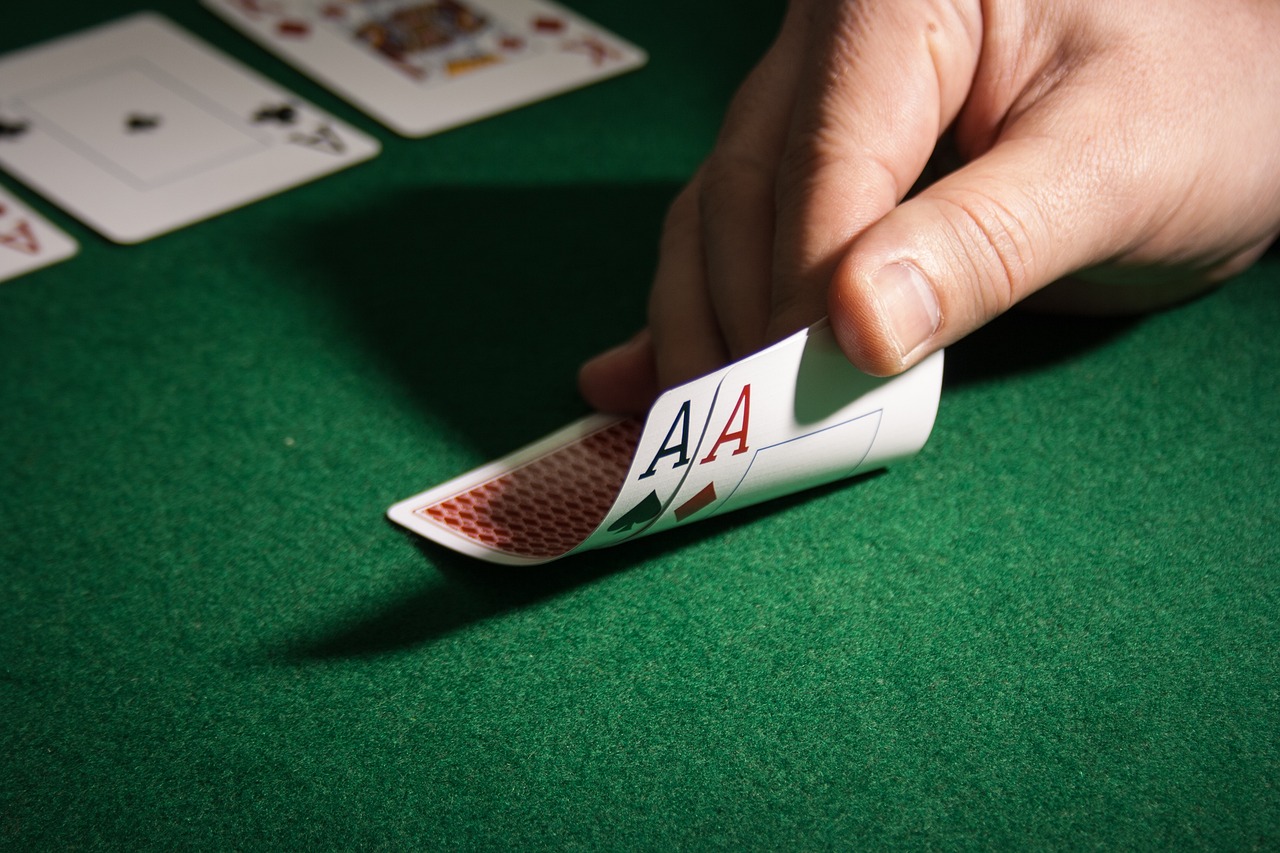Last week, we started a major development in the Ripple-SEC process. On Wednesday, it was revealed that the court had granted Ripple’s request for international evidence. Brad Garlinghouse, the founder of Ripple, had recently filed a motion to obtain international evidence to seek information on various overseas exchanges. In particular, they requested information from Binance.com.
Ripple’s attorneys explained that documents from Binance.com (and/or other international exchanges outside the US) provided evidence that the SEC’s lawsuit against Ripple’s XRP sales is invalid under Section 5 of the Ripple Act. of 1933.
In one of the filings filed by the SEC, Ripple’s lawyers found that the SEC sued Ripple and its founders for violating Section 5 of the Securities Act of 1933 by making worldwide sales. However, Section 5 of the Securities Act of 1933 applies only to sales of securities within the United States and, therefore, the SEC would not have the right to sue for sales of securities outside the United States. Therefore, suing Ripple for having sold “the XRP bond” in international waters outside its jurisdiction is invalid and the SEC should not be free to impose such procedure. Ripple admitted that a vast majority of XRP was sold internationally to investors outside the United States.
According to several legal experts, if information from Binance.com could prove that the majority of Ripple’s XRP sale went to investors outside the United States, Ripple could file a petition to dismiss the lawsuit as the SEC would not have the right to intervene. whether XRP were bonds or not. If the court’s point of view matches that of Ripple’s lawyers, the court could terminate the case, effectively giving Ripple victory.
Therefore, the next discovery of the information provided by Binance.com is of crucial importance. While some investors are concerned that a “win” in this way will make XRP status uncertain and not yet tradable in the US, Ripple and XRP have nevertheless shown that they don’t need US investors (not by choice) to continue their expansion utilities, continuing to win international business partnerships and collaborations, which helps XRP price recovery.
In addition, the court is unlikely to penalize intermediaries such as exchanges for selling the XRP token within the United States, as SEC lawyers specifically recognized in March that cryptocurrency exchanges are not violating any laws by allowing XRP trading on their platforms. Therefore, removing demand could give US stocks confidence to put the XRP up for sale again, which could send a flood of investors to buy the XRP.
Ripple creating waves regardless of demand
Despite demand, Ripple has made great strides in its shipping business, the most recent being that of SBI Remit, tapping a $1.8 billion shipping market between Japan and the Philippines. Japan has publicly recognized the status of XRP in the eyes of the Japanese authority, specifying that XRP is a cryptocurrency, not a security. Therefore, this clarity will be useful to Ripple in its attempt to promote partnerships and collaborations with companies in other countries. Ripple revealed that more collaborations of this kind could be on the way, as the team is busy looking for collaborations with other countries.
According to Ripple’s latest market report released on July 30, daily XRP volume increased significantly in the second quarter from the first quarter, with an average daily volume doubling to $4.49 billion in the second quarter of $2.260 million from dollars in the first quarter. The second quarter also saw 4 of the highest volume XRP days on record.
In addition, Ripple’s total XRP sales, net of purchases, were $157.92 million versus $150.34 million in the first quarter. Ripple continued to engage in sales to improve the liquidity on demand (ODL) experience for certain customers, eliminating the need for pre-finance on exchanges and enabling instant global payments. In addition to the Japan-Philippines ODL corridor, Ripple has also partnered with Novatti, a digital bank and payments company listed on the Australian Stock Exchange, to use Ripple’s ODL for cross-border payments and remittances between Australia and the Philippines via iRemit, a Philippine shipping service provider.
NFT and smart contracts in progress
Recently, Ripple also introduced support for NFT in the XRP Ledger (XRPL), the native XRP chain. Ripple has already partnered with Mintable, a popular NFT marketplace that minted 700,000 items last year, to start using XRPL. Mintable plans to integrate with XRPL so that creators can sell their work safely, sustainably and efficiently in a more profitable and eco-friendly way, as XRPL consumes only about 790,000 kWh per year and is already carbon neutral, allowing to generate billions of NFTs, purchased and transferred in a more sustainable way.
In addition, federated mini blockchain side chains that operate alongside conventional XRP that could enable smart contract capability – were unveiled by Ripple CTO David Schwartz last month. These chains are on the way, and Schwartz predicts they will be available on XRPL in the coming months.
Innovations at Ripple are happening relentlessly despite SEC demand, and Asia Pacific is becoming a hot spot for Ripple, with the company reporting “remarkable growth” in the region.
So while choosing to win a lawsuit through a dispute against the SEC’s jurisdictional rights is not the most ideal path, if Ripple is successful, it will remove the stigma of being involved in a lawsuit and free up the Ripple team. and the XRP token for a few more months of pain. And in the unlikely event that US investors are still unable to buy XRP, investors in other parts of the world certainly can, especially those in Japan, which is the world’s third-largest economy by GDP.
If this method doesn’t work, Ripple has nothing to lose anyway, as that simply means Ripple will have to continue the matchup a little longer. As the case progresses and Ripple announces more positive news about more partnerships, there may come a time when the XRP token becomes immune to the outcome of the process. As I mentioned earlier in a previous article, the people who needed and wanted to sell XRP would have already done so, leaving the odds in favor of the bulls.
About Kim Chua, Market Analyst at PrimeXBT:
 Kim Chua is an institutional trading specialist with a successful track record that spans major banks including Deutsche Bank, China Merchants Bank and others. Over time, Chua launched a hedge fund that consistently delivered triple-digit returns for seven years. Chua is also an educator at heart who developed her own trading curriculum to pass her knowledge on to a new generation of analysts. Kim Chua closely follows the traditional and cryptocurrency markets and is eager to find future investment and trading opportunities as the two very different asset classes begin to converge.
Kim Chua is an institutional trading specialist with a successful track record that spans major banks including Deutsche Bank, China Merchants Bank and others. Over time, Chua launched a hedge fund that consistently delivered triple-digit returns for seven years. Chua is also an educator at heart who developed her own trading curriculum to pass her knowledge on to a new generation of analysts. Kim Chua closely follows the traditional and cryptocurrency markets and is eager to find future investment and trading opportunities as the two very different asset classes begin to converge.





